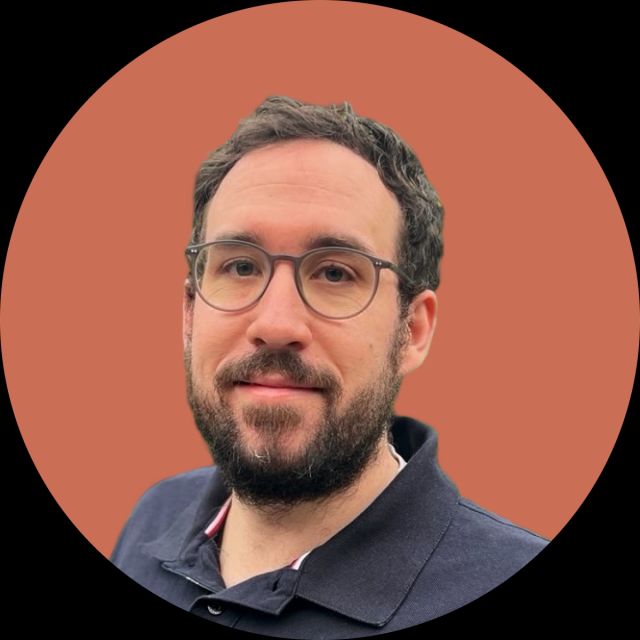I am a dedicated product professional with over 16 years of experience in developing and delivering high-quality software across various platforms. My journey spans from working on boxed products with tight shipping schedules to adopting a SaaS approach demanding agility and critical thinking. I am a firm believer in fostering communication and trust to empower teams to excel. My passion lies in not only creating exceptional products but also in nurturing a collaborative environment to drive innovation and achieve shared goals.
My Mentoring Topics
Career Development
Product Management
Product Development
Leadership & Management
Product Management
Product Development
Leadership & Management

